Description
Description Baidyanath Ashokarishta
Baidyanath Ashokarishta has some similar effects like Baidyanath Ashok Ghrita, but as an addition, it also takes care of a woman’s health cycle. It is a stimulant tonic which is very beneficial for womens health. It can protect women’s blood circulation and the regeneration process.
Key Benefits Baidyanath Ashokarishta:
- It benefits in diseases like leucorrhoea, haematuria, menorrhagia, and similar other diseases.
- It is an alternative stimulant and astringent.
- It can be used as a remedy for dysmenorrhoea.
- It can be useful in treatin
Key Ingredients Baidyanath Ashokarishta:
- Ashok, Jirak, Motha, Triphala, Sunthi, Amraseed, Vasak, Chandan, Dhataki and Jaggary are the basic ingredients if Baidyanath Ashokarishta.
Direction for Use/Dosage Baidyanath Ashokarishta:
- Consume 15 to 30 milliliters of the syrup with the same volume of water two times everyday after food.
Baidyanath Ashokarishta Special Syrup contains 16 herbal ingredients including ashoka stem bark, dhataki, ajaji, mustaka, sunthi, darvi, and utpala, along with jaggery and self-generated alcohol between 5 and 10 percent. These ingredients balance the vata, pitta, and kapha doshas, confer strengthening, anti-inflammatory, anaglesic, and detoxifying effects, and act as a tonic.
Baidyanath Ashokarishta Special Syrup is indicated in several female reproductive system diseases such as irregular and heavy menstruation, osteoporosis during menopause, hormonal imbalance, excessive bleeding from the uterus, PCOS, leucorrhea, pelvic inflammation, uterine polyps, and low bone density. The syrup also treats excess urination and improper digestion.
Direction for use:
Consume 15 to 30 milliliters of the syrup with the same volume of water two times everyday after food.
Use under medical supervision.
Ashokarishta Benefits, Dosage & Side Effects
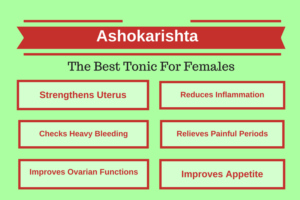
Baidyanath Ashokarishta include its strengthening action on uterus. It improves ovarian functions, helps to normalize heavy flow during periods, and reduces pain during menstruation. It also improves appetite. In addition, it is also prescribed for bleeding piles and anorexia in female. Its main indication is heavy bleeding. It is effective in all underlying causes of heavy bleeding except uterine cancer.
Ashokarishta (also spelled as asokarishtam) is an ayurvedic liquid medicine. It may contain about 3 to 9% self-generated alcohol. Ashokarishta tonic is almost effective in all types of diseases related to female reproductive system.
Ashokarishta is useful in gynaecological diseases including heavy uterine bleeding, heavy menstrual periods, imbalanced female hormones, menopausal osteoporosis, ovarian cyst and uterine polyps.
INGREDIENTS Baidyanath Ashokarishta
Main ingredient of Ashokarishta is Saraca asoka (Ashoka) bark. Ashokarishta (asokarishtam) contains following ingredients.
| Botanical Name | Common Name |
| Saraca asoka Bark | Ashoka Bark |
| Saccharum officinarum (Jaggery) | Jaggery (GUDA) |
| Woodfordia fruticosa flowers | Dhataki flowers |
| Cyperus rotundus | Mustak roots |
| Zingiber Officinale | Ginger rhizome |
| Nigella sativa | Kalonji |
| Berberis aristata | Daruharidra |
| Nymphaea stellata | Utpala flowers |
| Emblica officinalis | Indian gooseberry (Amla or Amalaki) fruits |
| Terminalia bellerica | Vibhitaki |
| Terminalia chebula | Haritaki |
| Mangifera indica Seeds | Mango seed (Amrasthi) |
| Cuminum cyminum | Cumin seed (Jeera) |
| Adhatoda vasica | Adulsa (Vasaka) |
| Santalum album | Sandalwood (Chandan) |
MEDICINAL PROPERTIES Baidyanath Ashokarishta
Ashokarishta (asokarishtam) has following healing properties.
- Anti-inflammatory
- Mild estrogenic
- Carminative
- Digestive Stimulant
- Haematinic (increases hemoglobin levels)
- Muscle relaxant
- Antioxidant
- Adaptogenic
- Anticancer
THERAPEUTIC INDICATIONS
Ashokarishta is helpful in following health conditions.
Primary Indications
Based on classical texts, Ashokarishta is very useful in the following diseases:
- Menorrhagia – abnormal heavy or prolonged periods or heavy menstrual periods.
- Metrorrhagia – excessive uterine bleeding.
- Menometrorrhagia – combination of menorrhagia and metrorrhagia.
- Dysmenorrhea – painful periods.
- Low-grade chronic Fever.
- Bleeding Disorders.
- Bleeding Piles.
- Diminished digestive fire.
- Loss of desire to eat.
- Urinary disorders with frequent urination.
- Inflammation.
Secondary Indications
- Menopausal osteoporosis.
- Low bone mineral density.
- Imbalanced hormones.
- Increased level of testosterone in the blood.
- Uterine polyps and fibroid (Along With Kanchnaar Guggul).
- Ovarian cysts or poly-cystic ovarian syndrome (PCOS) – Along with Chandraprabha vati.
- Pelvic inflammatory disease.
- Loss of Appetite.
- Anorexia.
In men, Ashokarishta is indicated in the following diseases:
- Urinary disorders.
- Frequent urination.
- Inflammation.
- Anorexia (loss of desire to eat).
BENEFITS & USES OF Baidyanath Ashokarishta
Ashokarishta has benefits in ovarian diseases and uterine disorders. Its main function is on female reproductive system and it balances the hormones levels in the body. In menopause, it helps adapting the body according to natural process occurring in the woman’s body. Let us discuss about the main health benefits and medicinal uses of Ashokarishta.
Menorrhagia, Metrorrhagia & Menometrorrhagia
- Menorrhagia is abnormal heavy or prolonged periods or menstruation.
- Metrorrhagia is prolong and excessive uterine bleeding. It does not occur due to menstruation. It indicates some other uterine disease.
- Menometrorrhagia is a combination of menorrhagia and metrorrhagia. In this case, heavy bleeding occurs regardless to menstruation. It occurs irregularly than usual.
In ayurveda, Ashokarishta is a drug of choice all these three conditions. It naturally reduces bleeding and regulates the uterine functions. The effects may be due to influence of Ashokarishta on the female hormones.
If bleeding occurs due to other causes including cervical cancer, uterine cancer and uterine polyps, Ashokarishta alone may not work well. There are several other medicines may also require for controlling other associated conditions. These ayurvedic remedies include the use of chandraprabha vati, Kanchanar guggulu, Chandrakala Ras etc.
In Menorrhagia, some patients also have constipation. In this case, they also require one of Dantyarishta, Gulkand or Swadisht Virechan Churna with Ashokarishta. If patient has main concern of pain, then Gokshuradi guggulu is given along with ashokarista.
Dysmenorrhea (Painful periods)
Ashokarishta is a uterine tonic, which improves uterine functions and modulates uterine contractions. It gives strength to the uterus, which helps in easier dislodging of the uterine lining during menstruation and prevents ischemia (inadequate blood supply to the uterus). Thus, it reduces menstrual cramps. Additionally, Ashokarishta also reduces premenstrual headache, nausea, low backache etc.
The effect of Ashoka Bark (main ingredient of Ashokarishta) on raised prostaglandin is still unknown, but phytoestrogens (which are also present in Ashoka Bark) modulate the production of prostaglandin. Prostaglandin level is raised in cases of primary dysmenorrhea.
Ashokarishta alone is more beneficial when a woman has heavy bleeding with cramps like pain. If menstrual flow is inadequate or reduced, then Ashokarishta should be taken in reduced dosage i.e. 5 ml to get its strengthening benefit along with Kumaryasava (in dosage of 20 ml) twice daily. If pain is severe, then Yograj Guggulu (500 mg) can also be taken along with this combination.
If abdominal tenderness is also present, or other increased Pitta symptoms such as increased bleeding, burning sensation, vertigo, hyperacidity etc. are observed, then Kumaryasava should not be used. Instead, Praval Pishti, Sutshekhar Ras, or Kamdudha Ras should be used along with Ashokarishta in appropriate dosage according to the history of menstrual blood flow.
Note: However, many ayurvedic doctors use Ashokarishta as a main remedy for dysmenorrhea, but it is not. Actually, it is a supportive medicine in dysmenorrhea, which assists to maintain the hormonal balance and provides strength to the reproductive organs. The primary medicine for dysmenorrhea in Arishta & Asava preparations is Kumaryasava, but it is contraindicated in symptoms of increased or aggravated Pitta.
| Dysmenorrhea | |
| Ashokarishta | Kumaryasava |
| Reduces uterine contractions, but not comparable with Kumaryasava | Reduces unusual uterine contractions significantly |
| Menstrual blood flow may decrease | Improves menstrual blood flow |
| Decreases menstrual bleeding | Increases menstrual bleeding |
| Mainly provides strength to the uterus | Strengthening action is insignificant |
Polycystic Ovarian Syndrome (PCOS)
Ashokarishta is useful in Polycystic Ovarian Syndrome (PCOS). The condition of its use is very different, so it must be used with very care.
If your periods last for 7 days or more and you experience heavy bleeding, or you have early menstrual period and periods may also be regular or irregular, but comes before due dates, then Ashokarishta is helpful.
The condition is Menorrhagia i.e. heavy (excess bleeding), prolonged or irregular periods, then Ashokarishta is very useful. Sukumaram Kashayam and Chandraprabha Vati should also be used along with Ashokarishta. Chandraprabha Vati and Sukumaram Kashayam both help to restore the ovarian functions.
If your periods are irregular and comes after due date, then Ashokarishta is contraindicated. In such case, Sukumaram Kashayam along with Kumaryasava and Chandraprabha Vati is helpful. In such cases, some may also require Agnitundi Vati or Rajahpravartani Vati (Raja Pravartini Vati).
Ashokarishta also has influence on endocrine system. The hormonal disturbance is common cause of excess hair growth, acne and weight gain. The regular use of Ashokarishta with Chandraprabha Vati helps normalizing the hormone levels and treats all PCOS symptoms, but you should remember the condition of its use.
Low-grade inflammation may stimulate ovaries to secrete more testosterone, which may cause hair growth. Low-grade inflammation may also be a contributing factor for developing PCOS.
Ashokarishta, Kumaryasava, Sukumaram Kashayam and Chandraprabha Vati also reduce low-grade inflammation, which ultimately reduces symptoms of PCOS and treats ovarian fluid filled cysts.
Conditional difference is between Ashokarishta and Kumaryasava, which must be considered.
Menopausal Osteoporosis
Bone mineral loss starts occurring in women during menopause. It may also lead to osteoporosis. Ashokarishta plays a vital role in harmonizing the hormones and helps adapting the body with new changes that occur in the menopause. It prevents bone mineral loss. Calcium in the Ashokarishta helps maintaining bone mineral density.
Ashokarishta for Weight Loss
Does Ashokarishta help for weight loss or not?
Ashokarishta is not indicated for losing weight. There is no information available based on classical texts and research evidence that suggest its use in weight loss or obesity.
However, it can help in weight loss based on its ayurvedic properties, but under the following conditions:
- If you are obese or overweight and have the pitta body type or aggravated pitta dosha in your body, then it might help you to lose weight.
- If you have heavy bleeding and early menstruation with clots, it helps to cure these problems. In addition to its these benefits, you may experience reduction body weight if you are obese or overweight and gain in body weight if you are underweight. Because it reduces the aggravated pitta dosha and balances the other dosha, which may result either in weight loss or weight gain.
POINT TO BE NOTED
In some cases, when Ashokarishta used alone, it results in delayed menstruation. In such cases, the dosage should be reduced from 20 ml to 10 ml and should be taken along with Kumaryasava.
DOSAGE
The dosage of Ashokarishta is 10 ml to 20 ml twice or thrice a day. In heavy bleeding, your doctor may also ask to increase the dosage of Ashokarishta.
Adjuvants of Ashokarishta
Water is an adjuvant for Ashokarishta. You should add equal amount of water and Ashokarishta, then take immediately after meal. Some medicines are taken with Ashokarishta as per following rule.
| Diseases | Supporting Remedies |
| Menorrhagia | Chandraprabha Vati |
| Metrorrhagia | Chandraprabha Vati, Liquorice and Amalaki Rasyana |
| Menometrorrhagia | Chandraprabha Vati, Liquorice and Amalaki Rasyana |
| Dysmenorrhea | Yograj Guggul |
| Dysmenorrhea with constipation | Dantyarishta |
| Menopausal Symptoms | Saraswatarishta |
| Polycystic Ovarian Syndrome (PCOS) | Chandraprabha Vati, Sukumaram Kashayam |
CAUTION & SIDE EFFECTS
Ashokarishta is POSSIBLY SAFE and WELL-TOLERATED in most women. Some women may feel burning sensation after taking this remedy, but this side effect occurs only in women suffering with acidity or heartburn.
Ashokarishta Side Effects
The most common side effect of Ashokarishta is delayed menstruation.
- Delayed menstruation
- Missed period
- Decreased menstrual blood flow
Pregnancy
Ashokarishta may have effects on hormone levels, which may affect adversely in pregnancy. Therefore, pregnant women should avoid using ashokarishta tonic. The safety profile of ashokarishta during pregnancy is not well-established.
Breastfeeding
Lactating mothers can take ashokarishta if they experience heavy bleeding, leucorrhea or any other disease as explained above in therapeutic indication section of this article. It may not have adverse effects on mothers and breastfeeding babies. Instead, it contains good amount of calcium and promotes optimum health of bones and joints as well.
SOURCE : AYURTIMES
https://herbichem.com/product/himalaya-evecare-syrup/




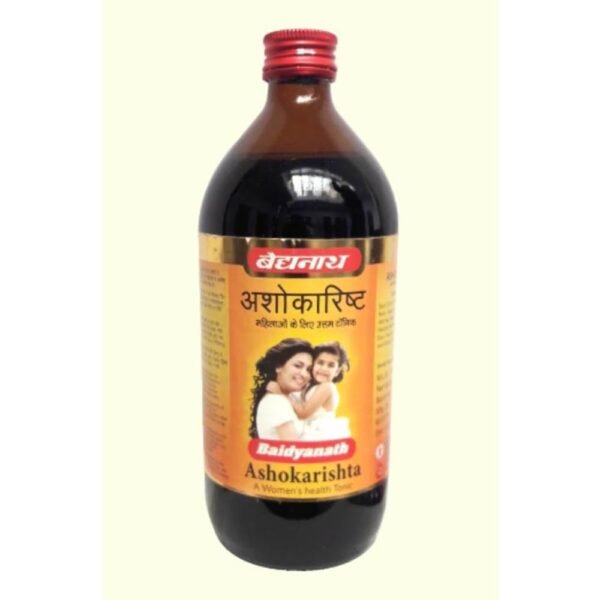

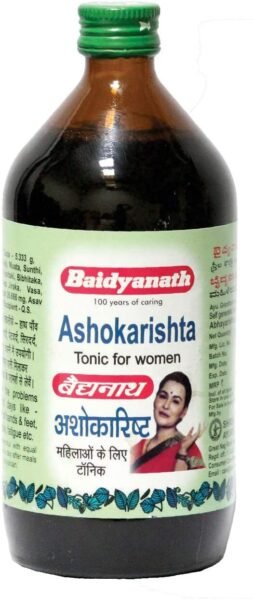
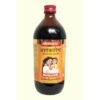
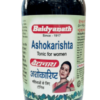
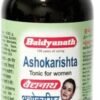
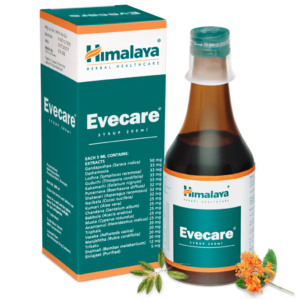
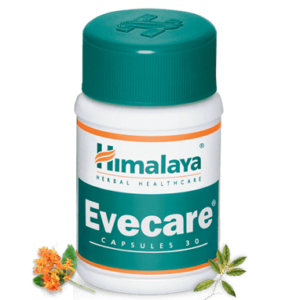
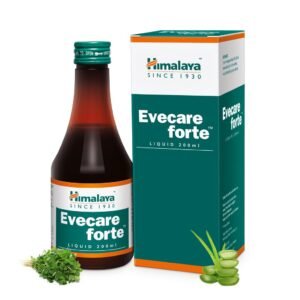
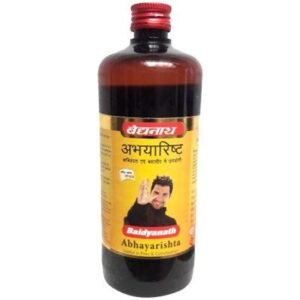
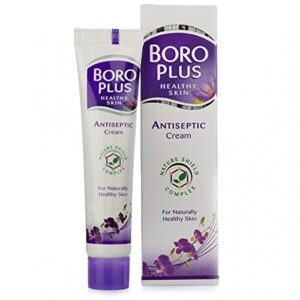
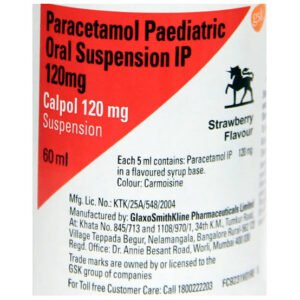
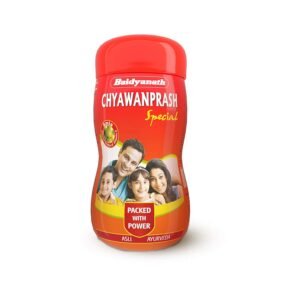
Reviews
There are no reviews yet.